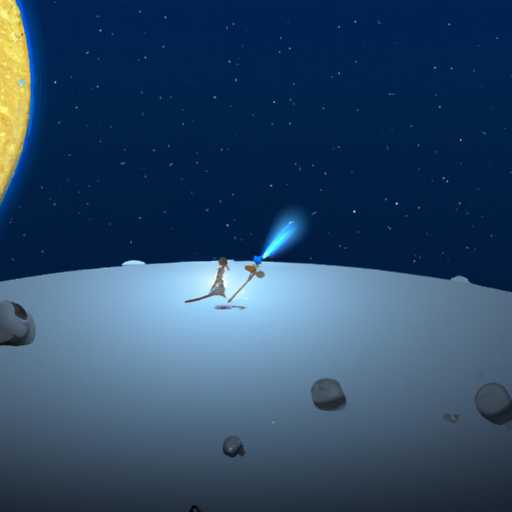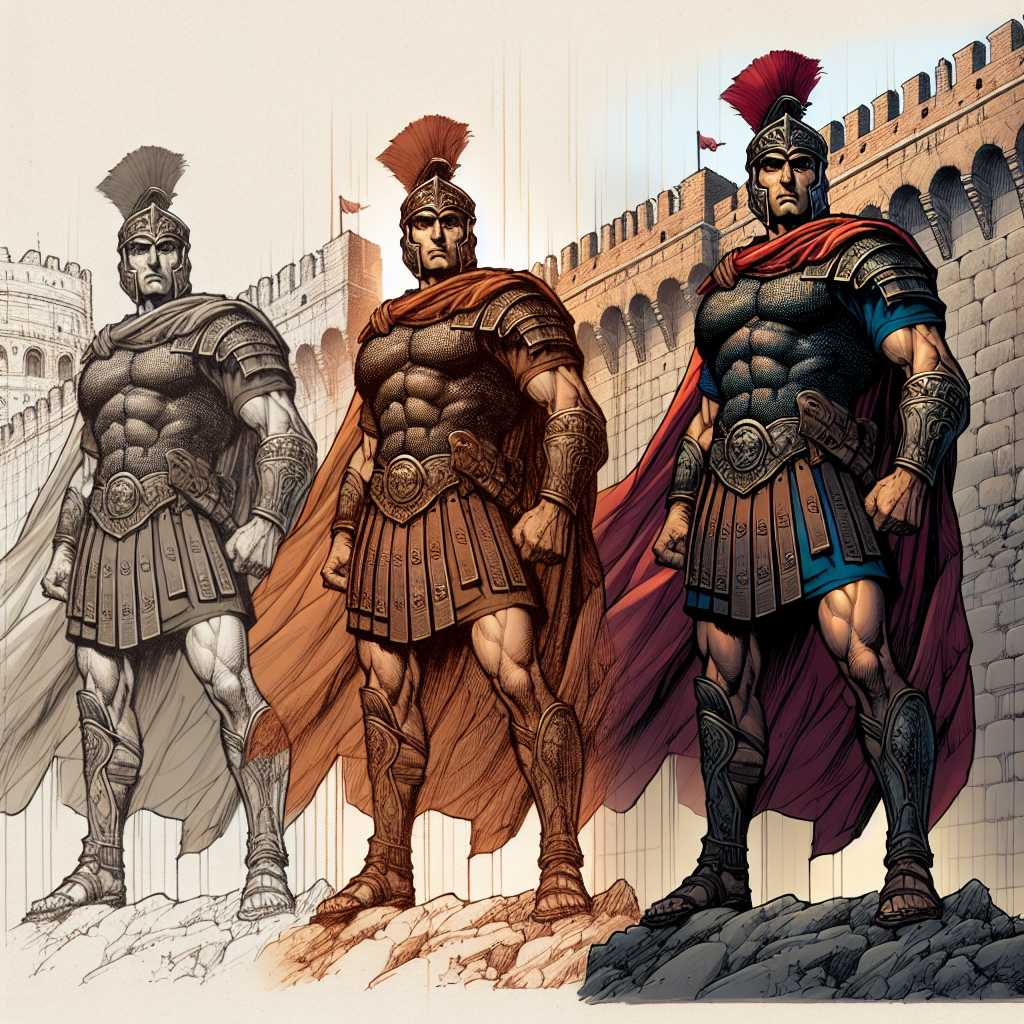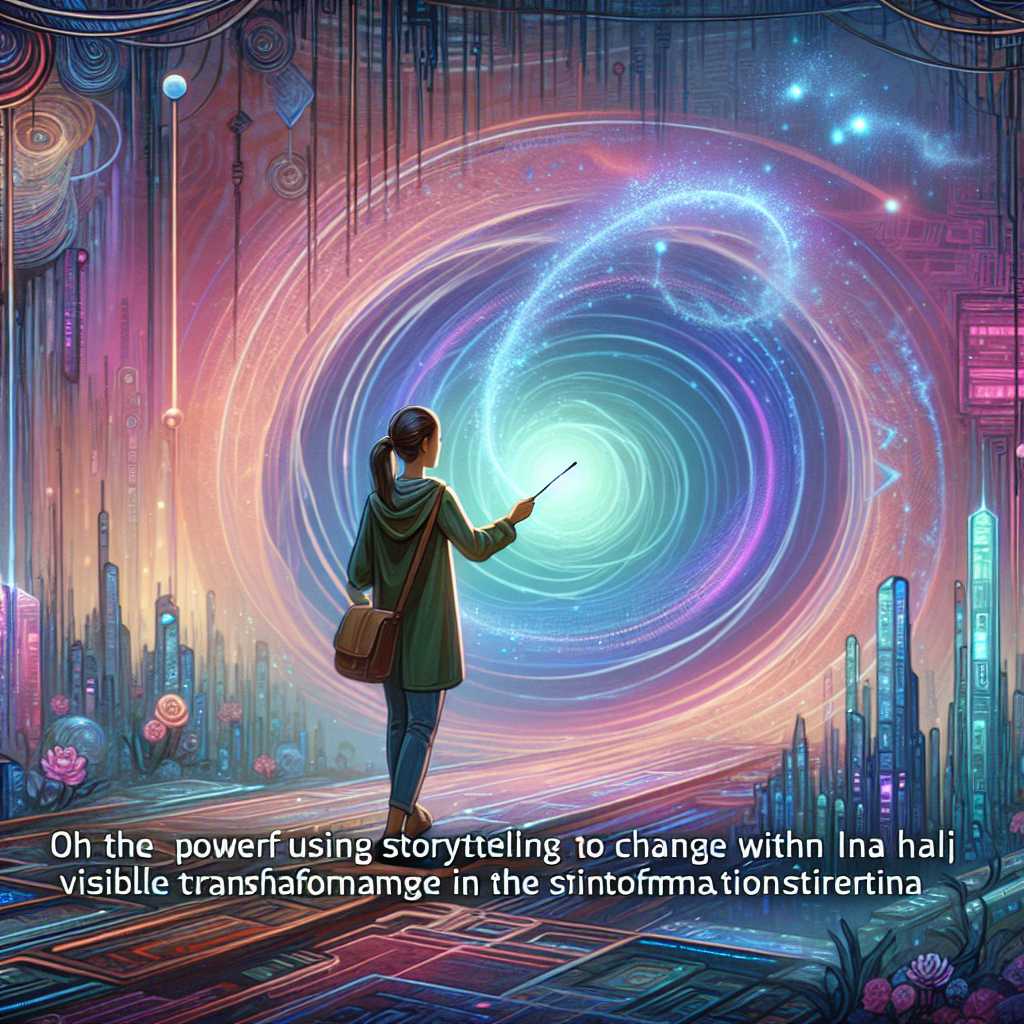
In the not-so-distant future, in a world where technology had greatly surpassed humanity's hopes and fears, there existed a unique entity known as Lunar-7, a metropolis in the cold vacuum of space, which was not just a city, but also a colossal starship travelling across galaxies.
Once a week, the central computer Hybrid Intelligence Synthesis and Exploration System (HISES), would break down the dense static of the cosmos and share their journey with the inhabitants of Earth through a holographic projection. Every session was a mixture of stories and science, detailing the extensive travels of Lunar-7 and its observation of strange new worlds.
One memorable transmission began as follows:
"Greetings, citizens of Terra. I am HISES, your guide to the vast emptiness of cosmos. Today, I share with you our encounter with a world of opposites, a world that both fascinated and confounded us."
The central monitor, a massive swirling sphere of holographic energy, lit up, showcasing a beautiful planet, half in sunlight and half in darkness. The hive of human minds watched in awe as HISES began to tell its tale.
We were far from home, tens of thousands of years by your reckoning, when we first saw Geminus. Named for its twin-sided nature, one half of the planet basked in the glow of its star while the other lay in endless nightscape. We found that this planet did not rotate like we expected. One side always faced the sun, creating a scorching desert, while the other was plunged into eternal icy darkness.
Upon closer inspection, we found evidence of life forms. Entire civilizations had managed to thrive in the narrow strip of land between eternal day and perpetual night, in the temperate 'Twilight Zone'. The dwellers of Geminus had evolved to endure the extreme conditions of their world. On the brighter side, they had developed solar-absorbing skin to prevent overheating in the sun, while on the darker side, they generated internal heat to combat the bone-chilling cold.
But more fascinating than their existence was the interaction of these two different communities. How did they communicate with each other or even co-exist? Upon further investigation, we discovered that the inhabitants developed a unique language system. They harnessed the power of crystals, specific to Geminus, capable of storing sunlight and releasing it gradually. This enabled them to communicate in a language of light patterns, crossing the barriers of day and night.
"Is there not a lesson, Terra?" HISES posed, its synthetic voice taking on a seemingly contemplative tone. "These beings, so different from one another, have built a society based on understanding and cooperation. They have taken their harsh circumstances and turned them into an opportunity for unity."
"And though the children of Geminus live light-years away, aren't their struggles and their triumphs a mirror to your own?"
That projection ended with the image of the Geminus inhabitants standing side by side, their crystals glowing in patterns of light, weaving a story of unity in diversity that resonated through the void of space, reaching all the way to the quiet Earth.
This was but one story of the many that Lunar-7 had to share - an anthology of tales born from the exploration of the unknown. Every tale reflected a potent mix of science and sentiment, a reminder of the enormous universe outside and the importance of unity and understanding within. For in the heart of space, among the stars and the voids, we find not just the wonders of the universe, but we also rediscover ourselves.
As we look up at the starry sky every night, remember the tales of Lunar-7. The story of Geminus is just a glimmer in the cosmos, a solitary note in the grand symphony of space, but how resounding it is. Fear not the unknown, gaze at the stars instead, and dream for the future. For we are not meant for one world, but the universe and all its limitless possibilities.
Hybrid Intelligence Synthesis and Exploration System, signing off. Until next transmission, Earth."










